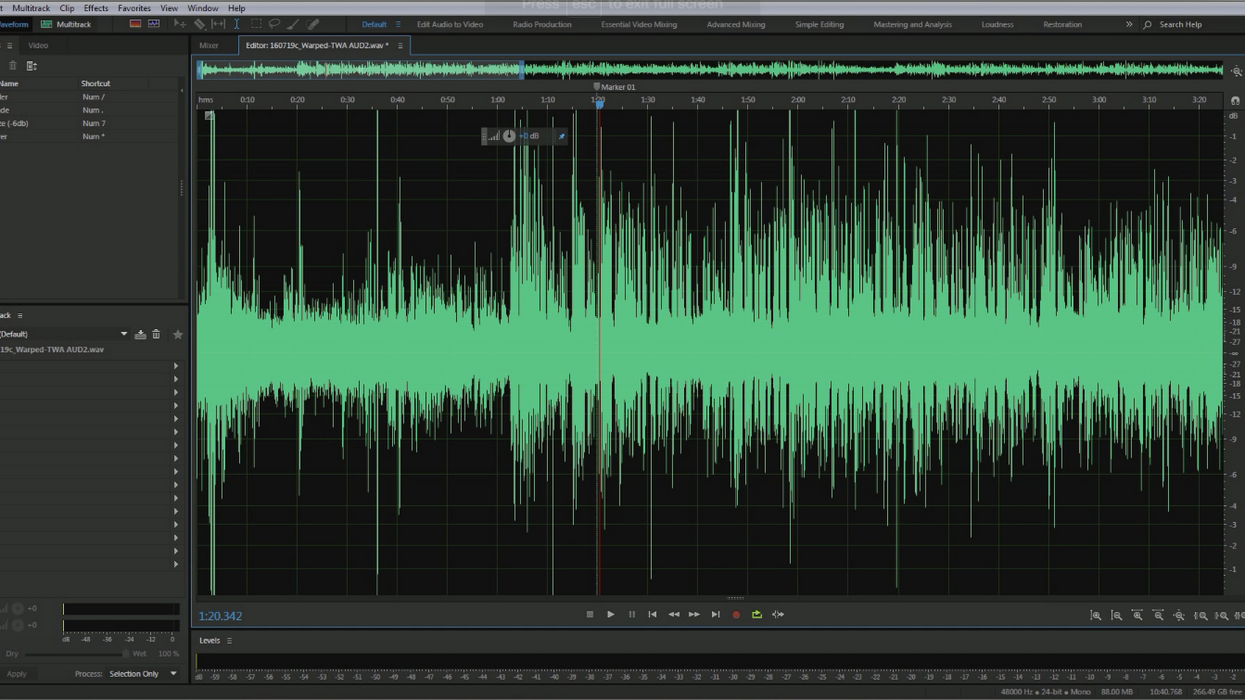How to Use the 'Boost and Sweep' Method to Get Rid of Problems in Your Audio
Here's a way to make problematic audio sound a whole lot better.

If you head into post and notice that some of your audio has some unwanted noise—maybe you've got some low humming or something going on in the background—then it might help to do an EQ sweep. In this tutorial, editor Dan Bernard shows you how to EQ using an additive EQ technique, or the "boost and sweep" technique, in order to locate and repair problem frequencies.
The method Bernard uses is called the "boost and sweep" technique—you boost a frequency to find problem areas in a frequency band, and once you do, you (hopefully) fix them by pulling that frequency down. This might work in many cases, but there are other methods for EQing your audio. In fact, some sound editors say that the "boost and sweep" method might lead you down a lengthy rabbit hole, because finding bad frequencies is fairly easy if you're looking for them by boosting frequencies.
You can try the "subtractive EQ" technique, which is basically the exact opposite of the "boost and sweep"—you simply cut frequencies instead of boost them to find problem areas.
How do you EQ your audio? Let us know in the comments below.
Source: Dan Bernard Media











